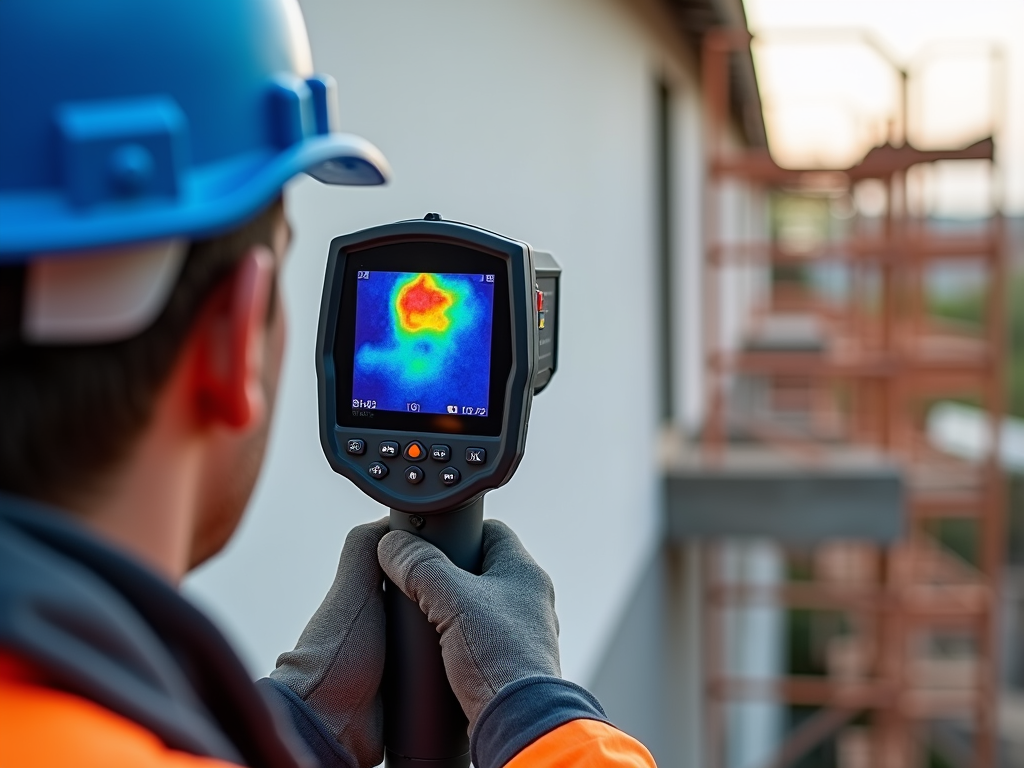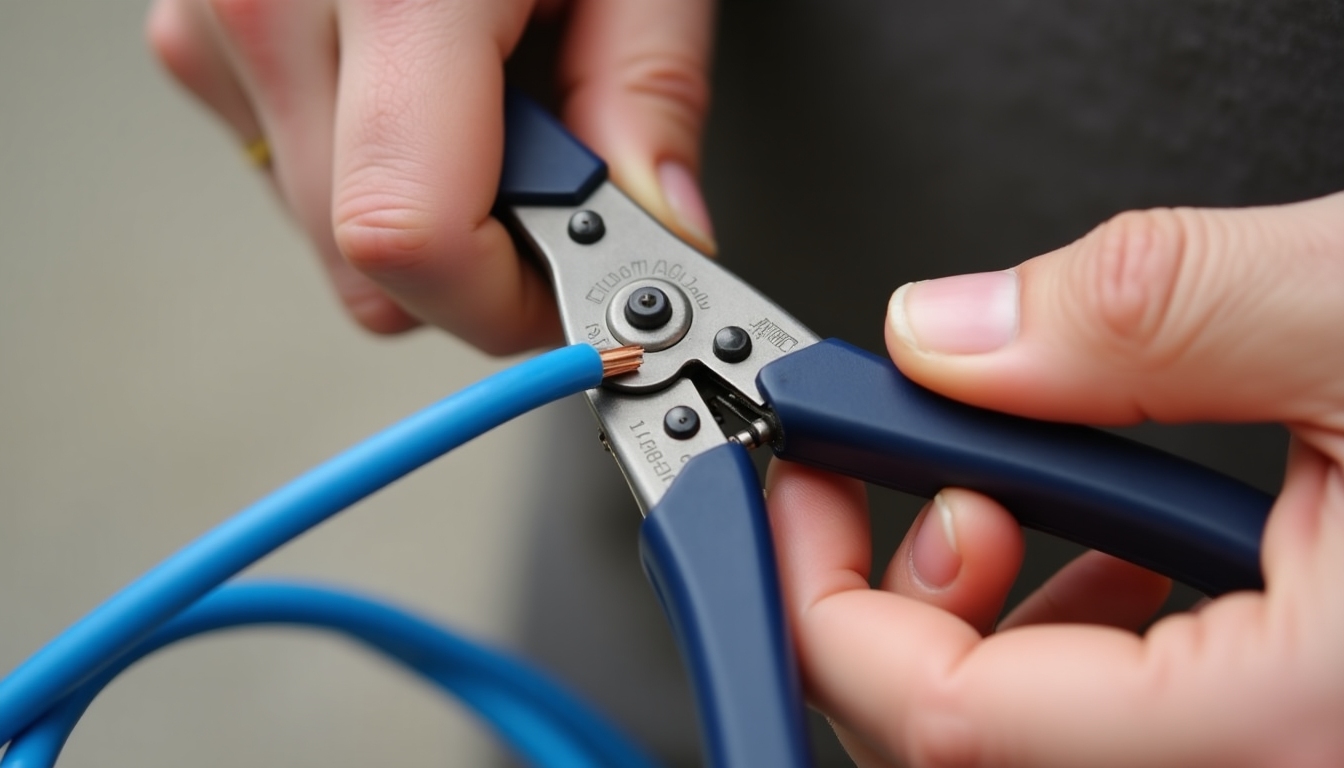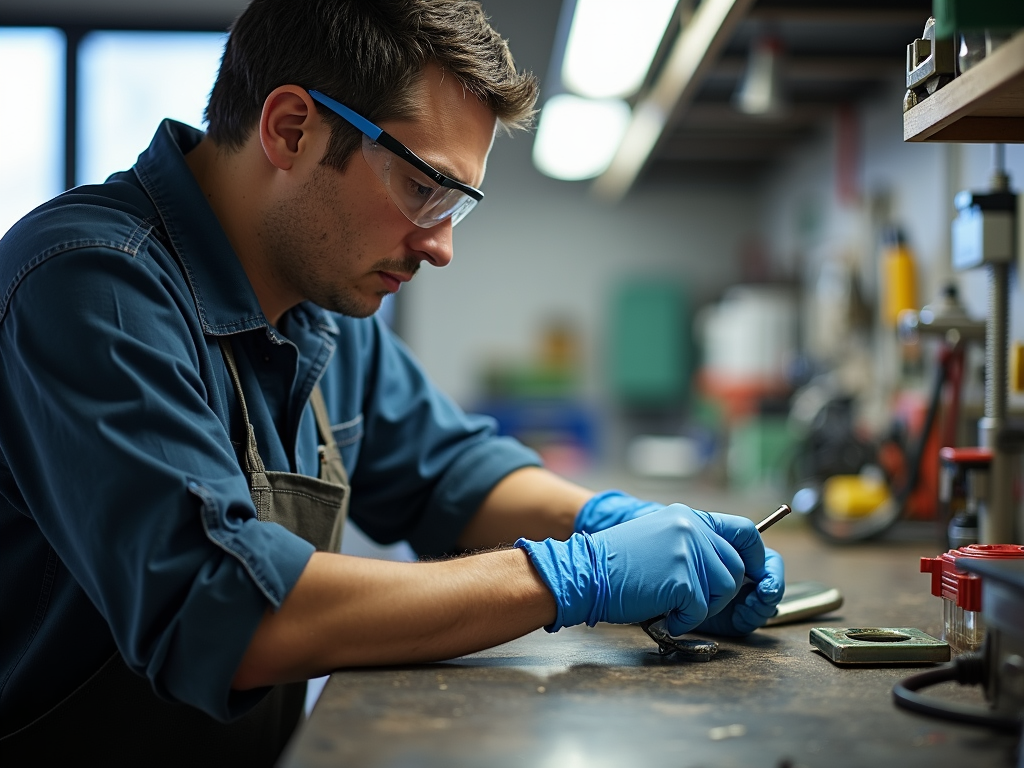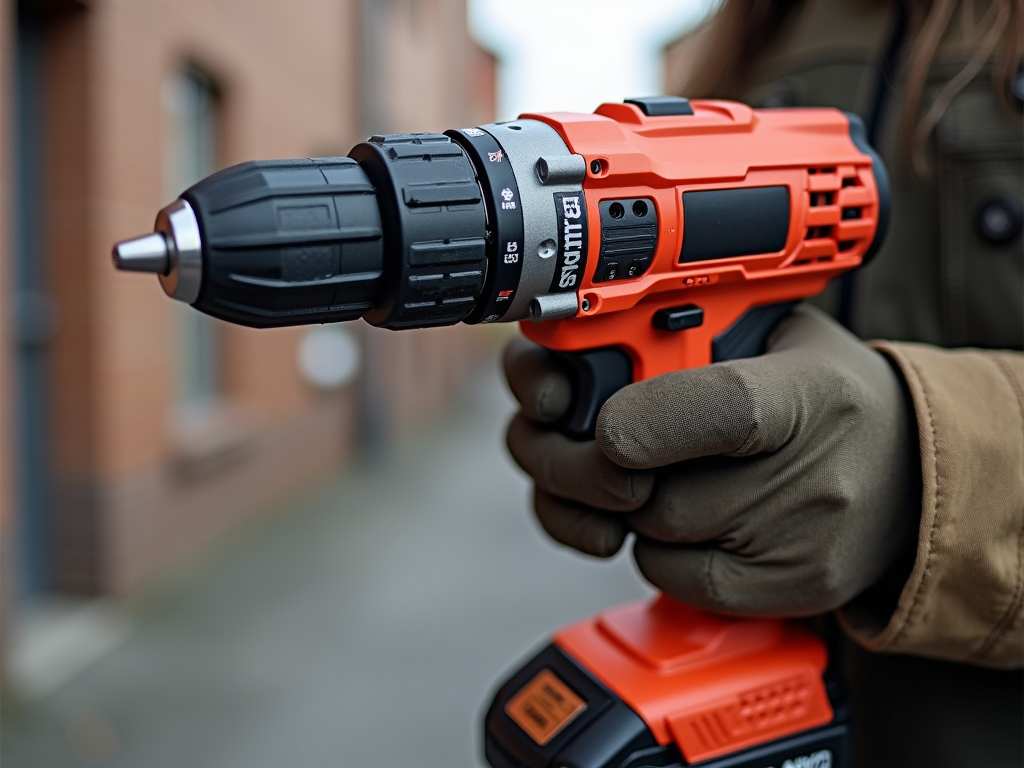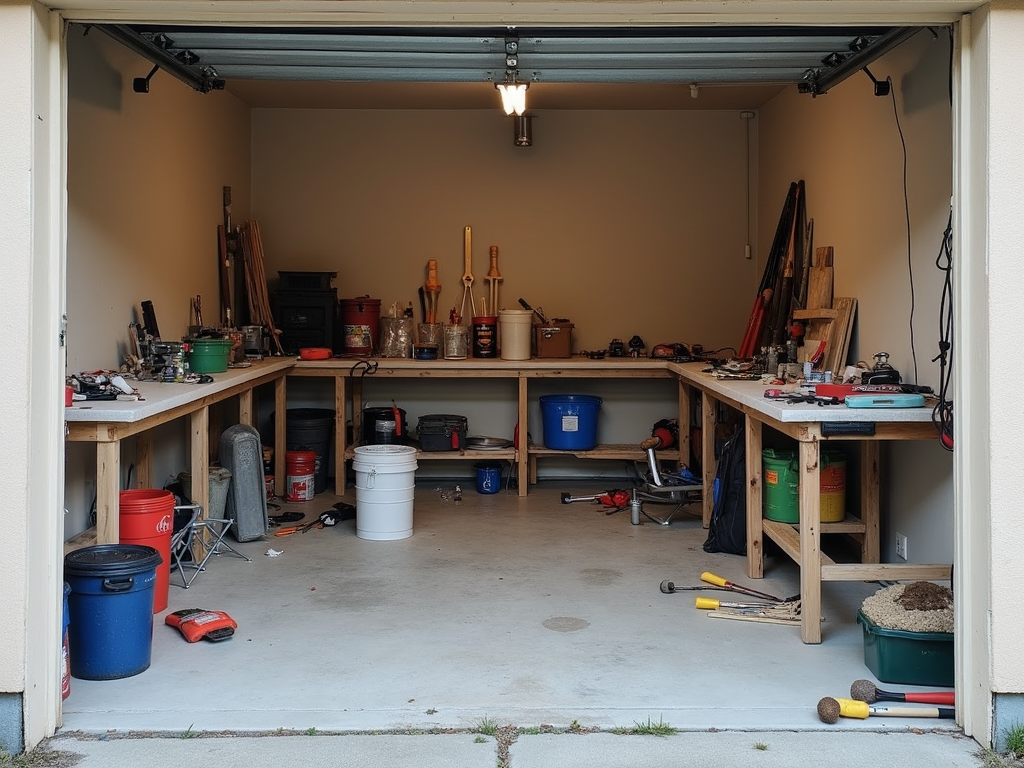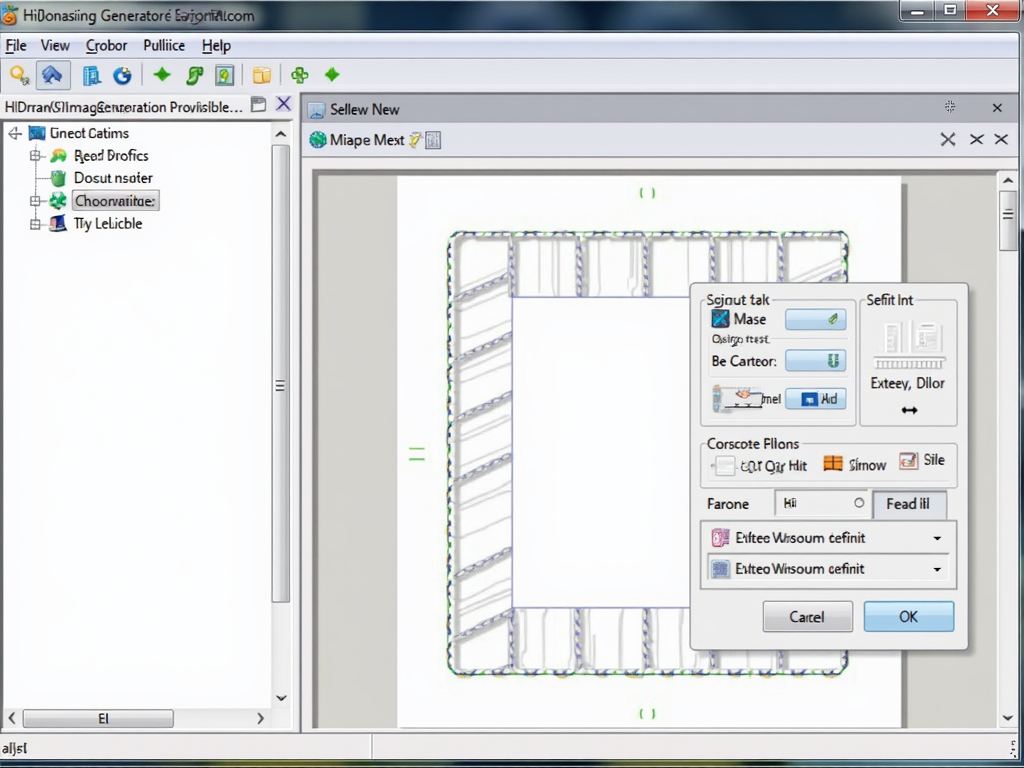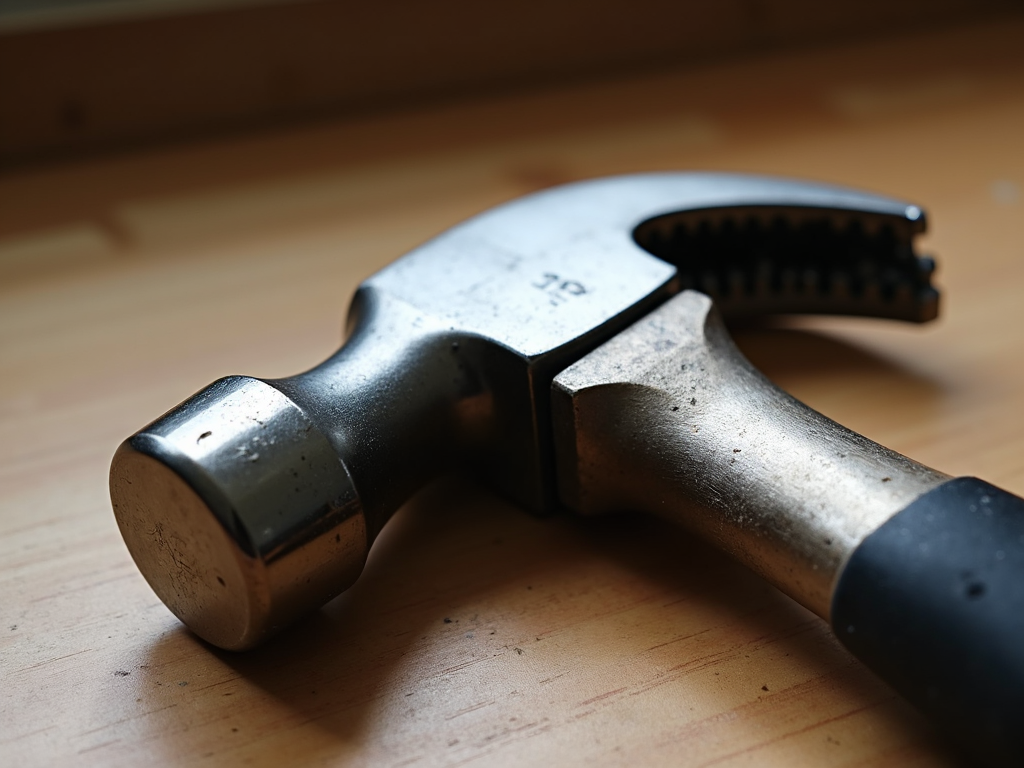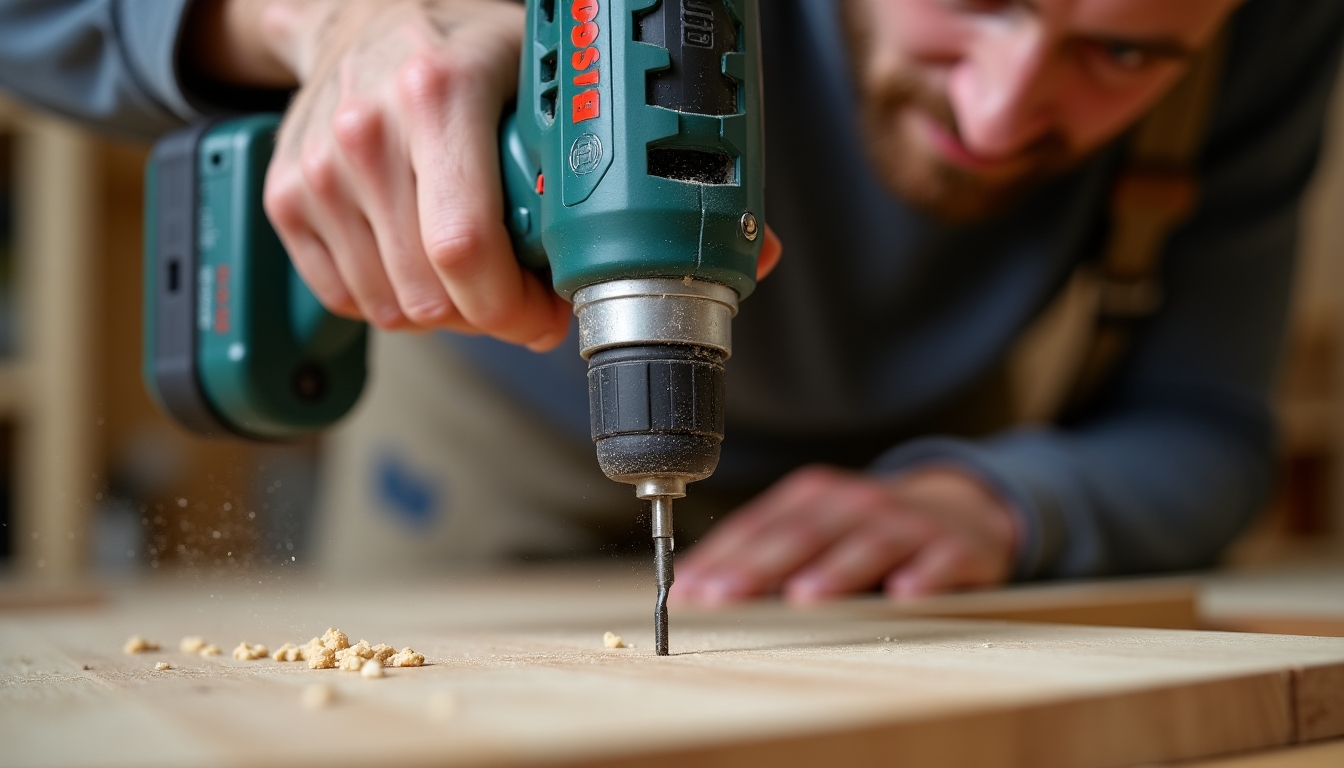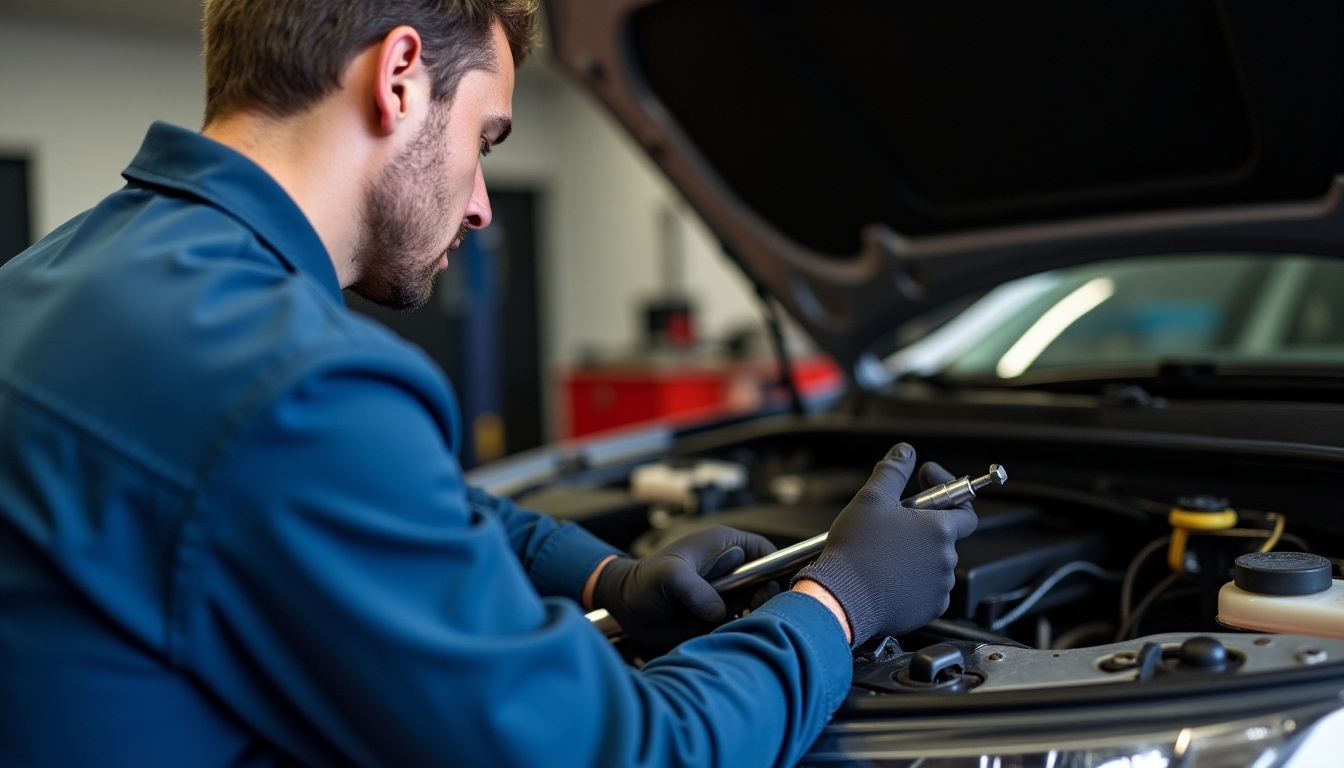When it comes to plumbing and maintenance, the right tools can turn a tough job into a smooth one. Whether you’re fixing a leaky faucet or tackling an electrical issue, workman tools for plumbing and maintenance are your best allies. This guide dives into the essentials, their uses, and how to pick the best ones—based on years of hands-on experience.

Why Workman Tools Matter
Good tools aren’t just about convenience—they’re about getting the job done right. I’ve seen projects go sideways because someone skimped on quality. Workman tools for plumbing and maintenance save time, boost safety, and deliver results you can trust. From unclogging drains to fixing wires, the right gear makes all the difference.
Key Types of Workman Tools
Let’s break down the essentials you’ll need. These tools cover plumbing and maintenance tasks, including some electrical work:
- Wrenches: Adjustable ones handle most nuts and bolts, while pipe wrenches grip pipes tight. They’re a must for plumbing.
- Pliers: Needle-nose pliers reach tight spots; locking pliers hold firm. Both are handy for gripping and cutting.
- Pipe Cutters: These slice through copper or PVC pipes cleanly—way better than a hacksaw.
- Plungers: Keep a cup plunger for sinks and a flange plunger for toilets. Simple, but vital.
- Electrical Tools: Think voltage testers, wire strippers, and multimeters. They’re critical for safe electrical maintenance.
Each tool has a purpose, and knowing them helps you tackle any job.
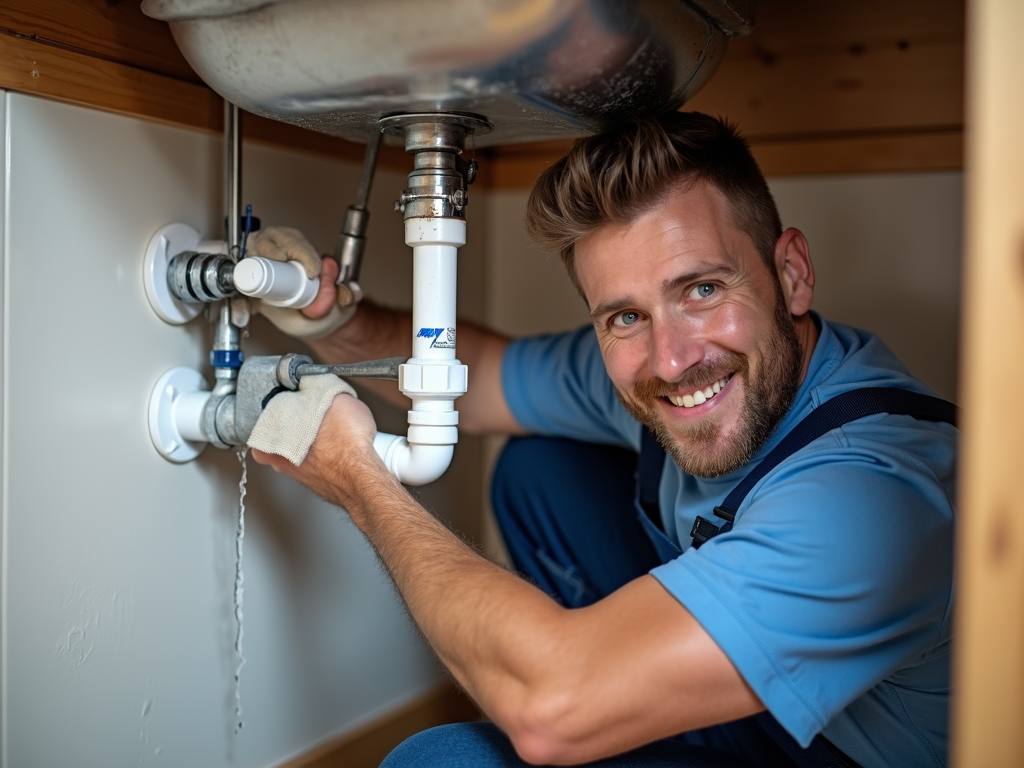
Picking the Right Tools
Choosing tools can feel overwhelming, but it doesn’t have to be. Here’s what I’ve learned over the years:
- Go for Quality: Cheap tools break fast. Spend a bit more on brands like those recommended by Purdue University’s engineering studies for durability.
- Comfort Counts: Tools with ergonomic grips reduce hand fatigue. I once used a poorly designed wrench for hours—my hand hated me after.
- Versatility Wins: An adjustable wrench beats carrying five fixed sizes. It’s a space-saver too.
- Safety First: For electrical tools, check for insulated handles. The Occupational Safety and Health Administration (OSHA) stresses this for a reason—shocks aren’t fun.

How to Use Tools Effectively
Owning tools is one thing—using them well is another. Here’s a quick table of common tasks and the best tools for them:
| Task | Tool | Tip |
|---|---|---|
| Tightening pipes | Pipe Wrench | Apply steady pressure, not force |
| Cutting PVC | Pipe Cutter | Mark your line first |
| Testing outlets | Voltage Tester | Double-check it’s off |
| Unclogging drains | Plunger | Seal tight before plunging |
I once rushed a pipe cut without marking it—ended up with a crooked edge and extra work. Take your time; it pays off.
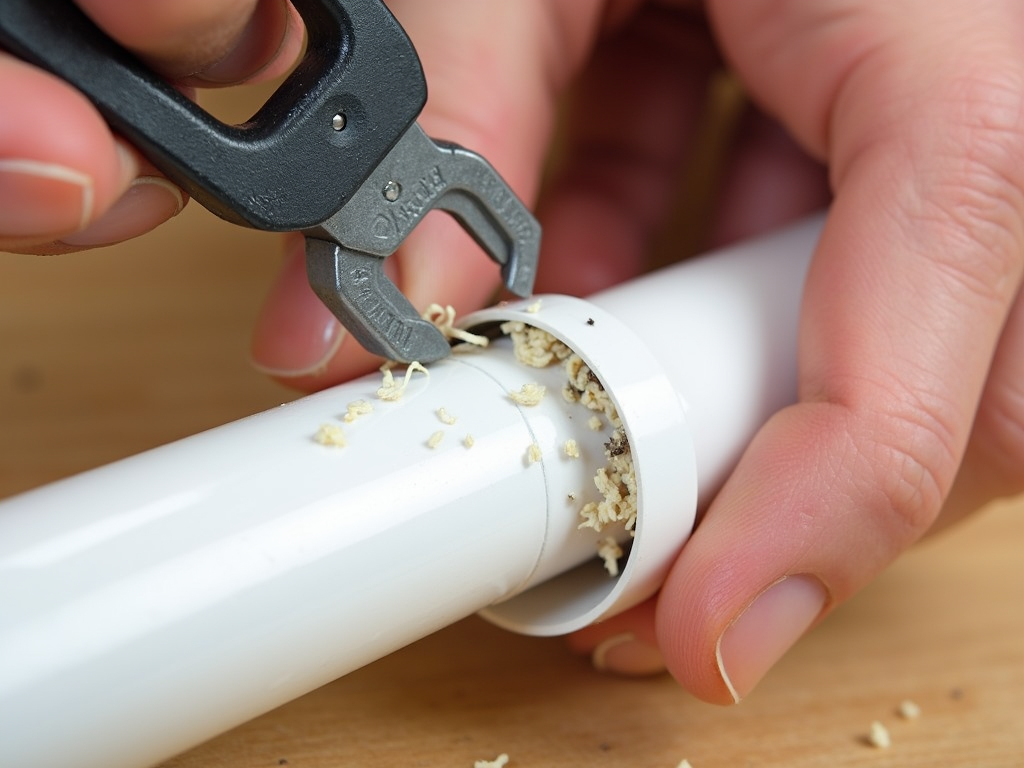
Safety Tips That Save You Trouble
Safety isn’t optional—it’s a lifeline. Here’s what keeps you in one piece:
- Gear Up: Safety glasses, gloves, and sturdy shoes are non-negotiable. I’ve had metal shavings fly at my face—glasses saved me.
- Know Your Tools: Read the manual. Using a voltage tester wrong once gave me a scare I won’t forget.
- Check Before You Start: Look for cracks or wear. A frayed wire stripper can nick wires—or you.
- Stay Focused: Distractions lead to slips. Keep your mind on the job.
The National Institute for Occupational Safety and Health (NIOSH) backs this up—most tool injuries come from rushing or skipping steps.
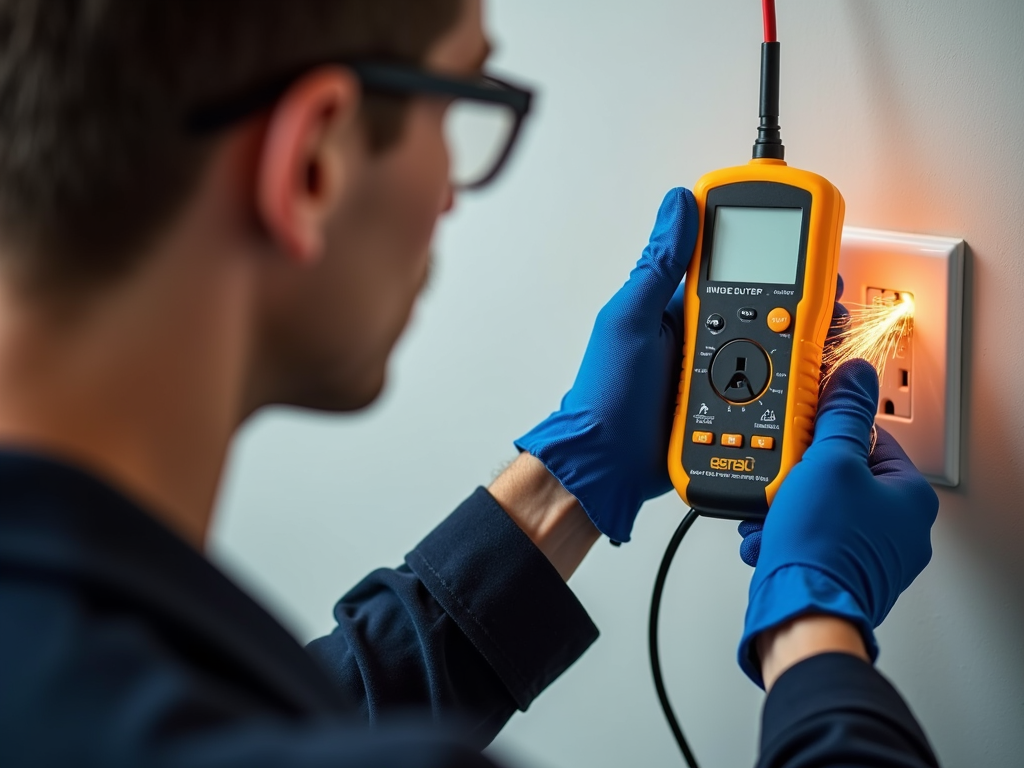
Real Stories from the Field
I’ve been at this long enough to have some tales. One time, a client had a burst pipe in a cramped basement. My trusty pipe wrench and a compact plunger got us through, but it was a cheap cutter that snapped mid-job that taught me: quality matters. Another job involved rewiring a faulty switch—my multimeter pinpointed the issue fast. Workman tools for plumbing and maintenance aren’t just gear; they’re problem-solvers.

Maintenance Tips for Your Tools
Good tools last if you treat them right. Here’s how:
- Clean After Use: Wipe off grime or water—rust is a killer.
- Store Smart: Keep them dry and organized. A toolbox beats a pile on the floor.
- Sharpen When Needed: Dull pipe cutters make messy cuts. Sharpen or replace them.
- Test Electrical Tools: Check batteries in testers and multimeters regularly.
A study from MIT’s engineering department shows well-maintained tools can last decades. It’s worth the effort.
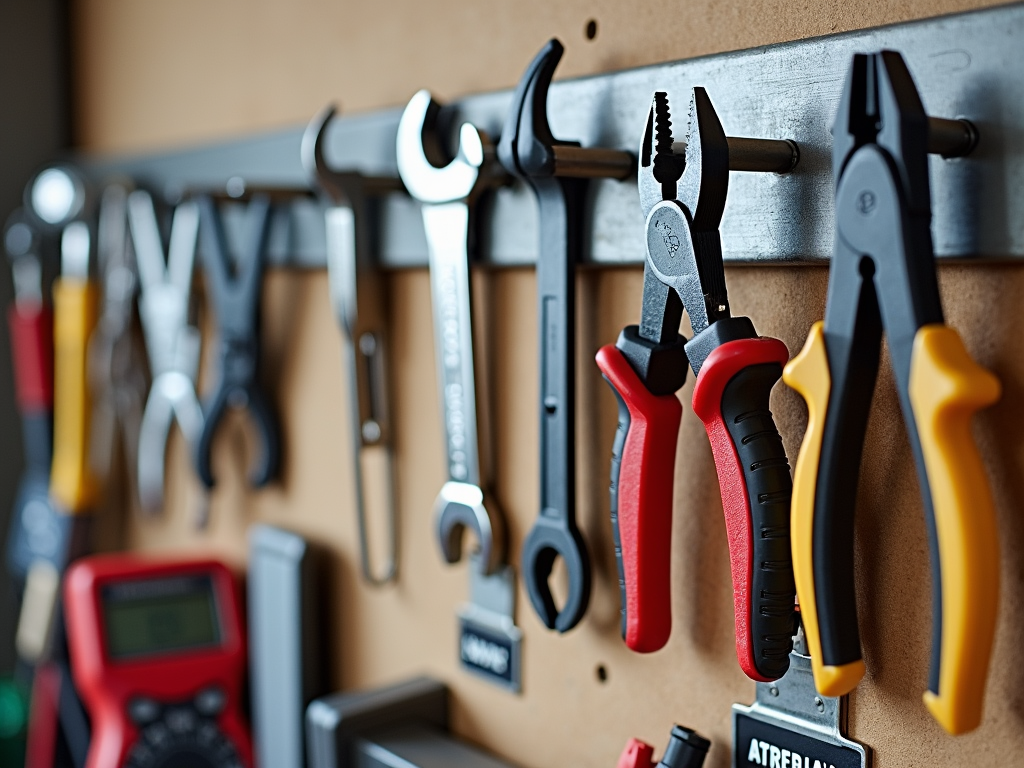
Wrapping It Up
Workman tools for plumbing and maintenance—from wrenches to electrical tools—are the backbone of any fix-it job. Pick quality, use them right, and keep safety first. With the right tools and know-how, you’ll handle anything from a dripping tap to a tricky wire. Ready to get started? Your toolbox is waiting.

Related workman tools for plumbing and maintenance:
- What’s New in Workshop Tech for 2024: Innovations Shaping the Future
- The Role of Thermal Imaging in Modern Industry
- Comprehensive Guide to Workman Tools for Beginners
- Comprehensive Guide to Workshop Equipment Maintenance: Tips and Best Practices
- How to Choose the Right Workbench for Your Needs: A Comprehensive Guide
- Top 10 Must-Have Tools for Every Construction Worker
- Power Tool Evolution: A Detailed History
- Mastering Small Space Organization: Tips for Workman Tools
- From Digital to Physical: Using HiDream Image Generator to Plan Your Rotary Tool Projects
- Top 10 High-Quality Workman Tools for Professionals
- Revolutionizing Workshops: What's New in Workshop Tech
- Selecting the Right Tools for Your Automotive Needs

